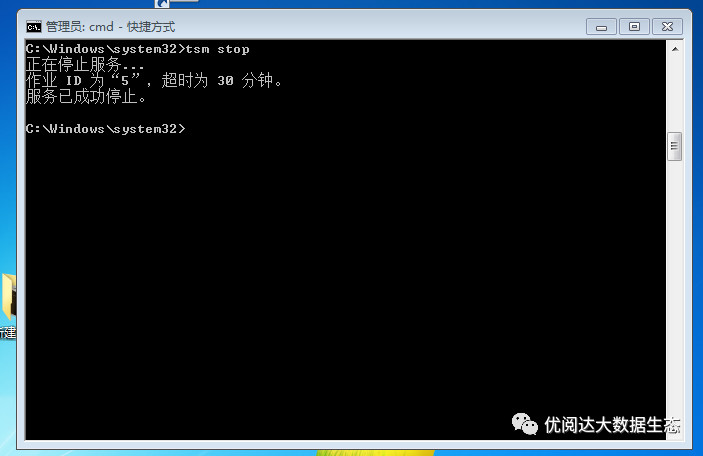

By default, Stripe Checkout securely collects payment information.
#Tsm api key code#
On the client-side: Can be publicly-accessible in your web or mobile app’s client-side code (such as checkout.js) to securely collect payment information such as with Stripe Elements. Live mode publishable key: Use this key, when you’re ready to launch your app, in your web or mobile app’s client-side code.By default, you can use this key to perform any API request without restriction. Live mode secret key: Use this key to authenticate requests on your server when in live mode.Test mode publishable key: Use this key for testing purposes in your web or mobile app’s client-side code.Test mode secret key: Use this key to authenticate requests on your server when in test mode.Some payment methods have a more nuanced flow and require more steps.Īll accounts have a total of four API keys by default-two for test mode and two for live mode: Use actual payment authorizations, charges, and captures for credit cards and accounts.ĭisputes have a more nuanced flow and a simpler testing process. In live mode, card networks and payment providers do process payments.ĪPI calls return actual account, payment, customer, charge, refund, transfer, balance, and subscription objects. Use this mode when you’re ready to launch your app. Connect Accounts objects don’t return sensitive fields.
#Tsm api key verification#
Identity doesn’t perform any verification checks. Don’t use actual payment authorizations, charges, or captures. In test mode, card networks and payment providers don’t process payments.ĪPI calls return simulated account, payment, customer, charge, refund, transfer, balance, and subscription. Pits you fell in and how you solved it.Use this mode as you build your app. So much for my experience, curious to hear from some others. Problems we're facing again and again is limitations in the core as we rely on dsmadmc and so far there seems to be no api for that available.įor dsm I started working on Python wrapper for the C API which will hopefully make some progress the next weeks ( ). For statistics and taking.ģ) a company specific command line client which executes all these actions and abstracts certain stuff (converts SLAs to TSM domains etc)

So to get it as good as possible, we currently have the following tools in place and under active development:ġ) a python wrapper for easily executing dsmadmc and retrieving the resulting data, errors parsed etc.Ģ) on top of this we built a REST API (django) which allows the most common operations important for clients: register/remove node, add/remove assocs, add/remove proxy node, various information gathering like query node f=d, query server sessions, processes, restores.įor authorization we connected it to ldap and use an ssh key based challenge response system.Īll requests are logged to elastic search. Single servers should ideally be irrelevant and replaceable any time by just installing a new machine with the same puppet configuration.įor backups with tsm this is quite a challenge (registering nodes, setting schedules.

Our server environment is completely automated by puppet. To make a quick start here some stories from my current position.
#Tsm api key free#
What I would like to start in this thread is therefore some sharing of how you tackled certain problems / inconveniences of feel free to move this thread if you think it is misplaced. One thing I realised is that it's pretty easy to find answers to questions like "how do I query xyz?" but hardly anything about environment designs, tips etc to automate tsm. I've had a look around a bit in the forums and on the Internet in general.


 0 kommentar(er)
0 kommentar(er)
